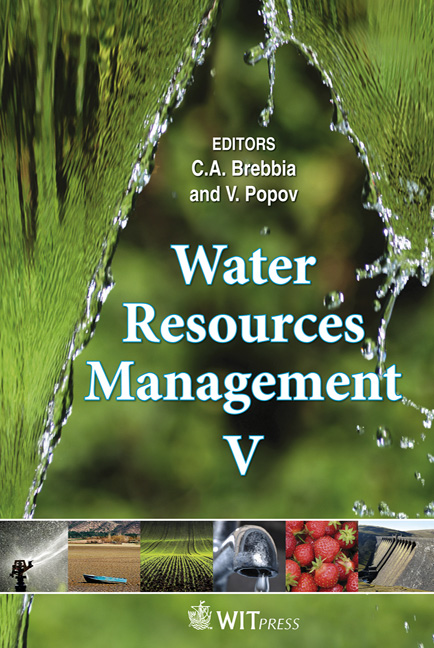Aquaculture And Marine Biodiversity Boost: Case Examples From The Canary Islands
Price
Free (open access)
Transaction
Volume
125
Pages
6
Page Range
97 - 102
Published
2009
Size
225 kb
Paper DOI
10.2495/WRM090101
Copyright
WIT Press
Author(s)
L. Molina Domínguez & F. Otero Ferrer
Abstract
Biodiversity is a representation of the complexity of life in all its forms. The Convention on Biological Diversity (CBD) defines biodiversity as \“the variability among living organisms from all sources, including terrestrial, marine and other aquatic ecosystems and the ecological complexes of which they are part; this includes diversity within species, between species and ecosystems”. Worldwide aquatic wild stocks and their ecosystems are in a fragile state. In the presented case example, organisms are overexploited due to its use as ornamental purposes. Aquaculture growth in the last decade was up to 250%, opposite to the stabilization of fisheries. Aquaculture had experienced a great development of culture technologies related to the increase of the world production. All these technological improvements could be applied to the reproduction and larval culture of new species with commercial interest, with a market already established. In this way, there is a growing need to promote research to develop suitable commercial scale culture protocols. The growing importance of aquaculture production should be a way to relieve this pressure on wild stocks and foster the maintenance of biodiversity whilst satisfying the growing market demand for marine species, besides the possibility of restocking of natural ecosystems in some cases highly affected. Due to their unique biogeography, the Canary Islands display particular climate and oceanographic characteristics. These characteristics allow the presence in these islands of amphiatlantic species, mainly from the Caribbean, as well as tropical east African and Mediterranean species. Between them, the Atlantic short-nosed seahorse Hippocampus hippocampus has been submitted to uncontrolled exploitation and inadequate management of their natural stocks. These pressures have resulted in a sharp decrease in their populations and this species is included in the Canarian Regional Catalogue of
Keywords
biodiversity, seahorses, Canary Islands





